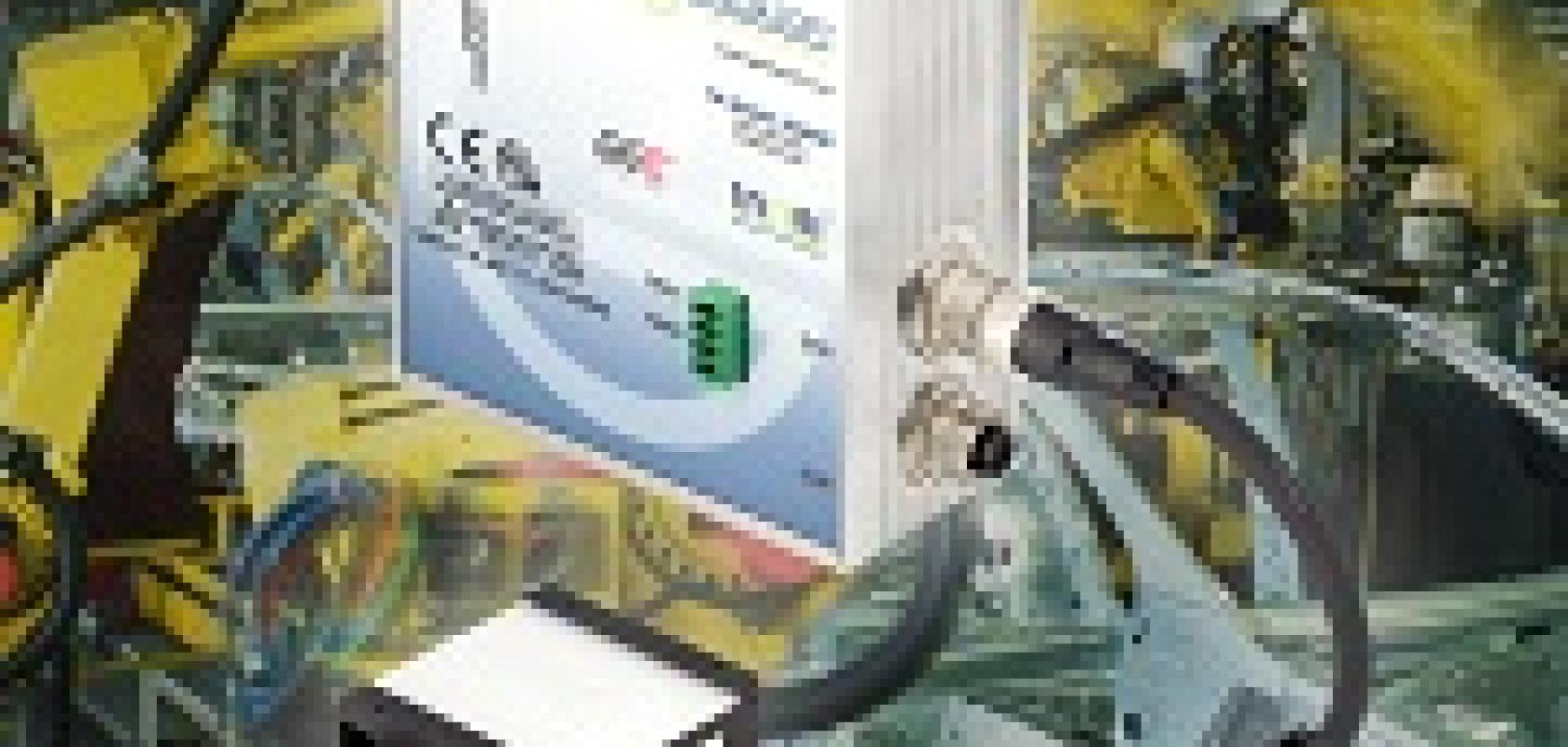Standard and intelligent lighting (Triniti) versions of Gardasoft LED controllers can be configured to allow a wide range of multi lighting schemes to be used in machine vision inspection applications. This versatile capability provides intensity control and high speed synchronisation from external triggers for multiple lighting configurations.
The measurement of many different variables on individual products can require the acquisition of a number of different images from the same part. These images could be acquired from a single camera or multiple cameras and are likely to require the triggering of a single or multiple lights at different intensities and for different durations in a defined sequence.
A firmware update allows multichannel Gardasoft controllers to output a series of pulses of different intensities on different channels on each trigger. When the sequence finishes it restarts from the beginning and repeats. The length of the sequence, the different intensities and the pulse width on each channel are configurable. One input is used to trigger the light pulses and another can be used to reset the sequence to ensure that the system starts in a synchronised state. An Ethernet command can also be used to reset the sequence.
Multi-lighting schemes can be used in a host of application types, including conveyor belt environments or in robot-guided inspections. For conveyor belt applications, Gardasoft’s CC320 trigger timing controller could be used to generate triggers for the cameras and lighting controller and integrate other signals such as a part sensor, conveyor belt encoder and reject gate.
https://www.youtube.com/watch?v=acnusx7EjoQ shows high speed multi-lighting inspection examples using a FANUC LR Mate 200iD robot equipped with an iRVision colour vision system, a CCS LED and Gardasoft lighting controller. Three different parts are presented in a random orientation for inspection. Part location is determined using the 2D multi-view vision inspection process and the camera then driven to the locations for inspection. Multiple images are recorded using various illumination levels switched at high frequency for the 3 components and analysed after acquisition.
For the intelligent lighting (Triniti) controllers, it is particularly easy to set-up systems involving multiple cameras and multiple lights, using industry-standard image processing packages, the user’s own image processing code or the Triniti vision utility, therefore reducing both system design and commissioning times. All the lights are visible within the network and the image processing software can work with cameras and lights at the same time.


